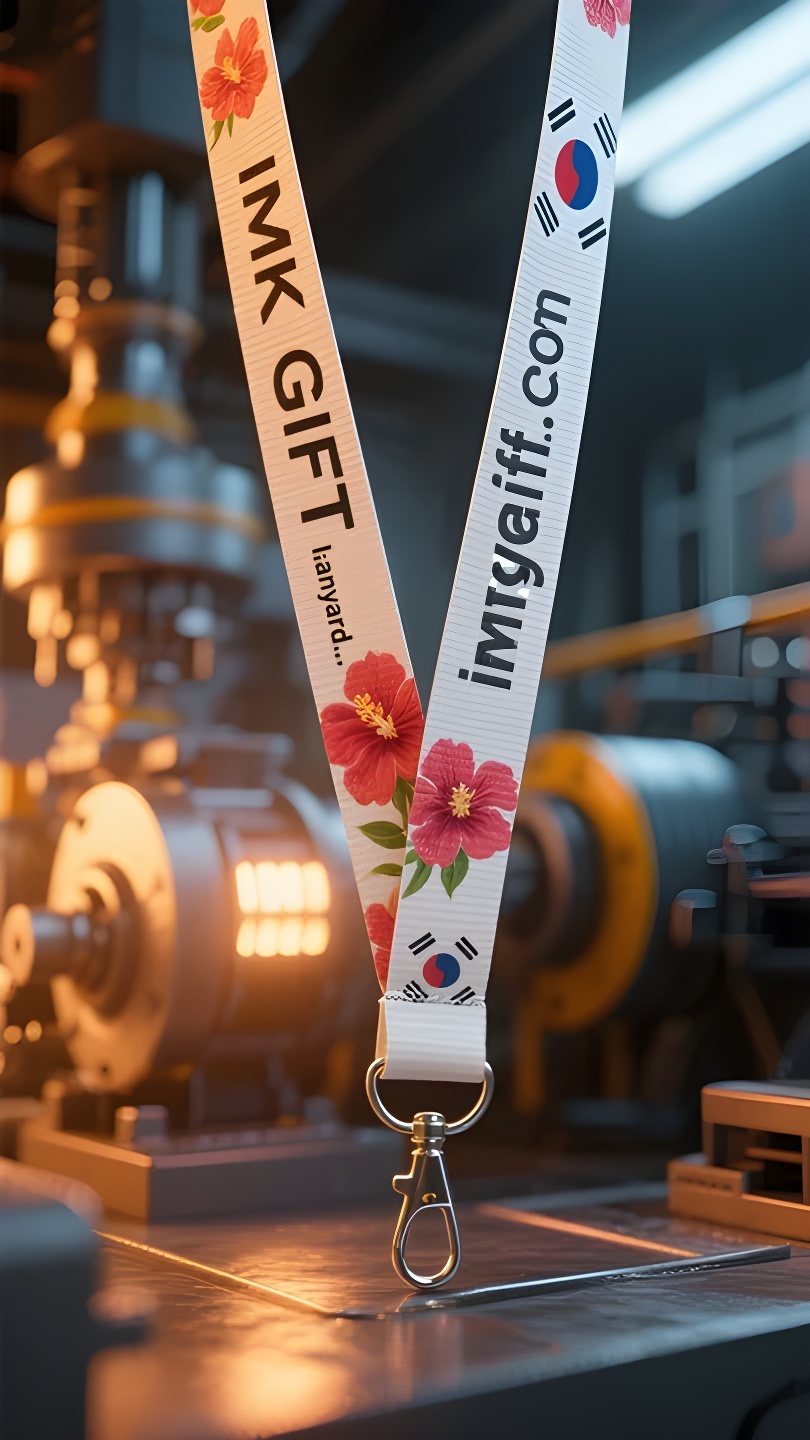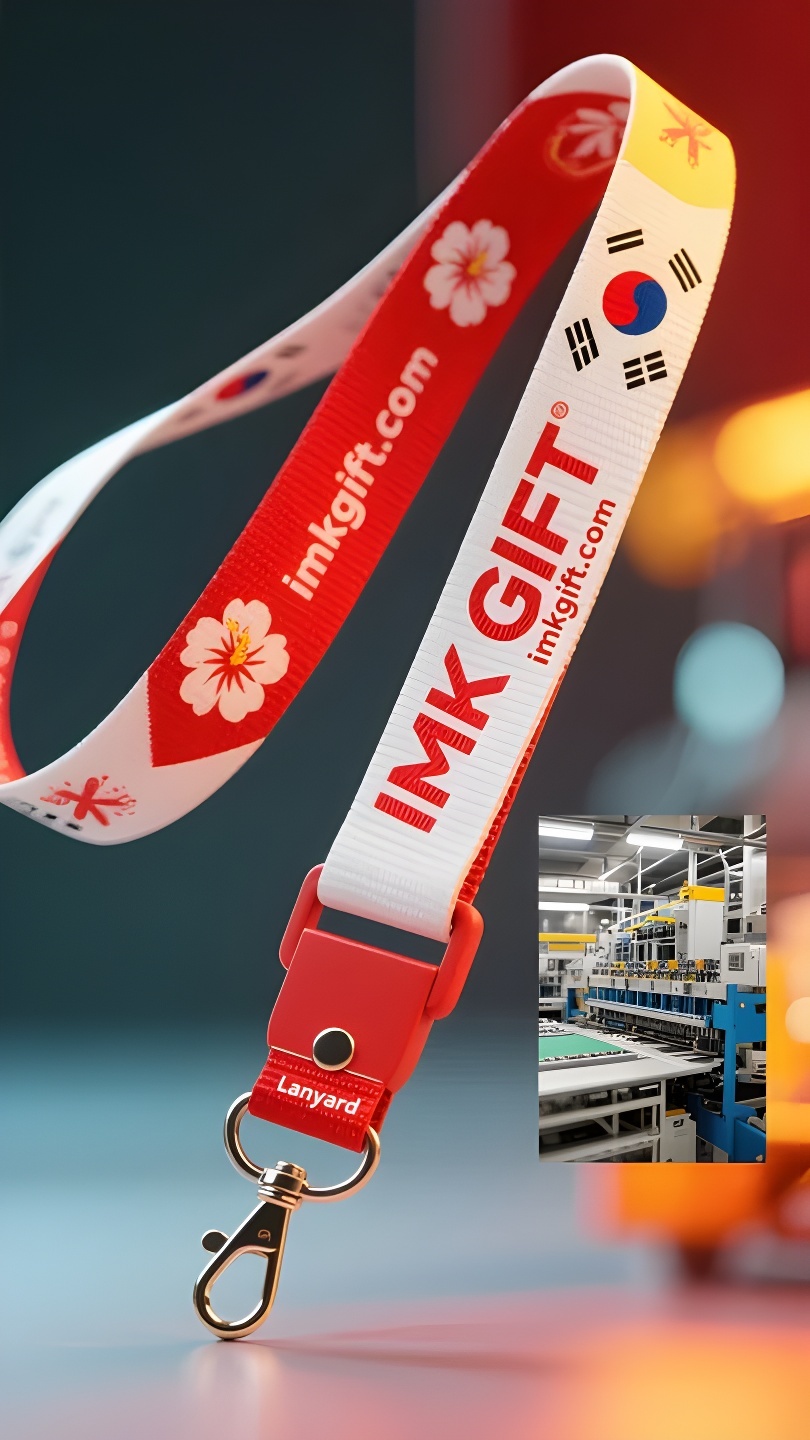in990-무궁화-매듭-장소-태양과-달이-길다
▼
가장 더운 7월, 한국의 거리와 골목길을 수놓은 무궁화는 따스한 햇살 아래 더욱 아름답습니다. 이 “무한의 꽃”은 국기의 영원한 토템일 뿐만 아니라, 손끝에 감긴 끈이 되어 경도와 위도에 민족의 정신을 엮어냅니다. 태극권 문양과 천지괘는 음양의 조화, 강인함과 부드러움이라는 동양의 지혜를 응축하고 있습니다. 무궁화 꽃줄을 엮는 과정은 이러한 균형을 생생하게 표현합니다. 붉은색 비단실은 열정과 활력을, 남색은 국기의 심오한 배경과 조화를 이루며, 금색 실 장식은 별처럼 희망을 상징합니다. 태극권 도안에서 음양 물고기가 완벽하게 물린 것처럼, 각각의 비단실이 만나는 지점은 우연이 아니며, “조화와 차이”라는 철학을 담고 있습니다. 전통 관습에서 이런 끈은 손목에 매거나 휴대하는 경우가 많습니다. 겹겹이 감겨 있는 매듭 방식에는 깊은 의미가 숨겨져 있습니다. 머리부터 꼬리까지 연결된 고리 모양의 구조는 개인의 영원한 삶에 대한 기대일 뿐만 아니라, 민족 정신의 대대로 이어져 내려오는 계승을 상징합니다. 현대 젊은이들이 배낭에 끈을 매는 것은 문화적 상징을 담는 것일 뿐만 아니라, 역경 속에서도 “꽃은 시들고 다시 핀다”는 회복력을 상징합니다. 히비스커스는 아침에 피고 저녁에는 시들지만, 삶의 굴곡이 불가피하듯 매일매일 다시 피어납니다. 민족의 기억을 응축한 이 끈은 전통을 존중하라는 메시지를 전달하는 동시에, 오늘날 사람들에게 새로운 장을 써 내려가도록 영감을 주는 지휘봉이기도 합니다. 손가락 끝이 얽힌 실크실을 만지면, 진정한 영원이란 형식에 얽매이는 것이 아니라, 마치 히비스커스 뿌리처럼 문화적 유전자를 자라게 하는 것임을 알게 될 것입니다.
In the hottest July, the hibiscus flowers in the streets and alleys of South Korea are more and more gorgeous in the scorching sun. This “infinite flower” is not only an eternal totem on the national flag, but also turns into a string wrapped around the fingertips, weaving the national spirit into the longitude and latitude. The Tai Chi pattern and the hexagram of heaven and earth on the Korean flag condense the oriental wisdom of yin and yang harmony and hardness and softness. The weaving process of the hibiscus flower string is a vivid interpretation of this balance: the red silk thread symbolizes passion and vitality, the indigo blue matches the profound background of the national flag, and the gold thread embellishment is like a star, indicating hope. The intersection of each silk thread is not accidental, just like the perfect bite of the yin and yang fish in the Tai Chi diagram, they all tell the philosophy of “harmony but difference”. In traditional customs, this kind of string is often tied to the wrist or carried with you. Its layered and winding knot method hides a deep meaning – the ring structure connected from head to tail is not only an expectation for the endless life of the individual, but also a symbol of the intergenerational inheritance of the national spirit. When modern youth tie a lanyard to their backpack, they are not only tying up cultural symbols, but also the resilience of “flowers wither and bloom again” in the face of adversity. Hibiscus blooms in the morning and withers in the evening, but blooms again day by day, just as life inevitably experiences ups and downs. This lanyard, which condenses the memory of the nation, is not only a token to remind us to respect tradition, but also a baton to inspire people today to write a new chapter. When your fingertips touch the interlaced lines of silk threads, you will know that true eternity is not about sticking to the form, but about letting the cultural genes grow like the roots of hibiscus.
七月流火,韩国街头巷尾的木槿花在骄阳中愈发绚烂。这抹”无穷花”不仅是国旗上的永恒图腾,更化作一条条缠绕指尖的挂绳,将民族精神编入经纬之间。
韩国国旗的太极纹样与天地卦象,凝结着阴阳调和、刚柔并济的东方智慧。而木槿花挂绳的编织工艺,恰是对这种平衡之道的生动诠释:红色丝线象征热情与生命力,靛蓝暗合国旗底色里的深邃底蕴,金线点缀则如星辰般昭示希望。每一根丝线的交错都不是偶然,正如太极图中阴阳鱼的完美咬合,都在诉说着”和而不同”的处世哲学。
在传统习俗中,这种挂绳常被系于手腕或随身物什,其层叠缠绕的结法暗藏深意——首尾相连的环形结构,既是对个体生命生生不息的期许,也象征着民族精神的代际传承。当现代青年将挂绳系上背包时,他们系住的不仅是文化符号,更是面对困境时”花谢花再开”的韧性。
木槿朝开暮落却日复绽放,正如人生难免经历潮起潮落。这条凝结着民族记忆的挂绳,既是提醒我们敬畏传统的信物,更是激励今人续写新篇的接力棒。当指尖抚过丝线交错的纹路,便知真正的永恒,不在固守形态,而在让文化基因如木槿根系般绵延生长。
▼
Contact Us
📞 Tel: +0086-760-85286839
📧 Email: sales3@imkgift.com








